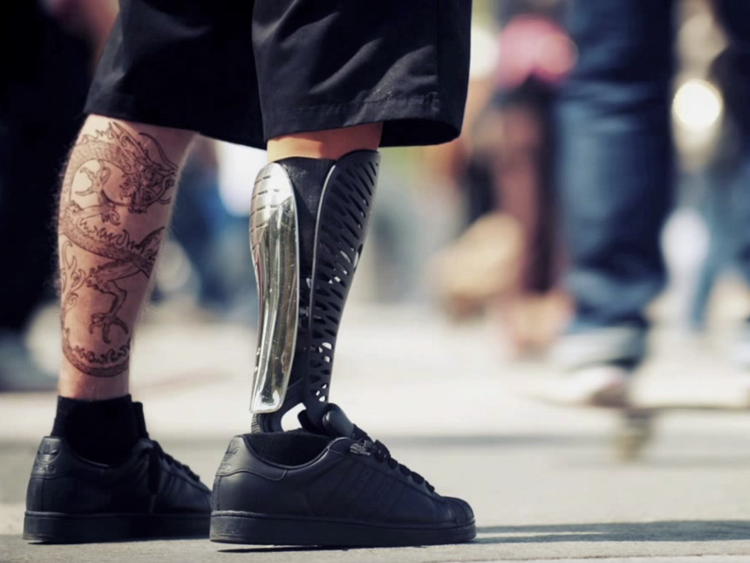Optimizing Production Throughput for Composite Products
Composite Fabrication costs limit production volume
The use of composite materials is expanding everywhere. These next generation materials are becoming required components in everything from common household appliances, to bicycles, to boat hulls and to all components of Automotive and Aerospace products.
But even in the high-end market of hyper cars, where cost is second to performance, there is a recognized need for more efficient production methods.
Top hyper car manufacturers feel that the market can support annual production runs of as many as 5,000 to 6,000 vehicles per supplier. This is as much as three times the current production rate of most models. The need for expanded production output has led many of these innovators to explore technology solutions. These solutions must ensure that the performance and quality standard are maintained while also enabling cost-effective production at volume.
Digital Patterning software solutions like CompositeFlat allow manufacturers to link the design data (3D CAD) directly with the production equipment (CAM for molds, and automated cutters ply pieces). The integrated solution reduces labor and helps save time.
The Role of digital patterning
Digital patterning software solutions compliment existing investment in 3D Design (CAD/CAM, CAE) as well as automated material cutting and molding equipment. Implementing these tools bridges the effort gap between design and fabrication and helps address the volume production challenges by:
eliminating manual patterning and ply book steps
identifying potential fit or strain/material performance issues earlier in the process
providing the information need to ensure consistent fabrication method (piece labels and notches)
Ideally, the enhanced workflow process consists of just a few integrated steps
Step 1. Capture the design as a 3D CAD model
Step 2. Prepare the 3D design for patterning
Step 3. Convert the 3D CAD model into 2D pattern pieces
Step 4. Optimize the 2D pattern pieces
Step 5. Create the cutting, ply layout and final assembly instructions
Once the 3D Model is complete it’s a simple process to define cut lines, 2D patterns and ply layup instructions. All within the same digital environment.
The key advantage is that with the implementation of digital patterning, each of the steps leverage the information and effort from the other steps. For example, edits to the 3D CAD model can be integrated into the patterns immediately. Pattern strain or sag issues which would eventually lead to fit problems are addressed early in the process. Piece labels are added in the pattern files and translated to the cutting and labelling equipment making mold layup simple and precise. All of these integration advantages combine to help reduce manual efforts, decrease costs and improve production output.
Is Digital Pattern Right for your business?
Best practices at the high end always find their way to other parts of the industry. So, while you might not be making hyper cars your business could still benefit from the cost, time and production error reduction advantages of a shift to digital patterning.
To learn more about how these technologies can integrate into your process and help you to achieve the next level of profitable production, click on the link to schedule a time to speak with one of our experts.












